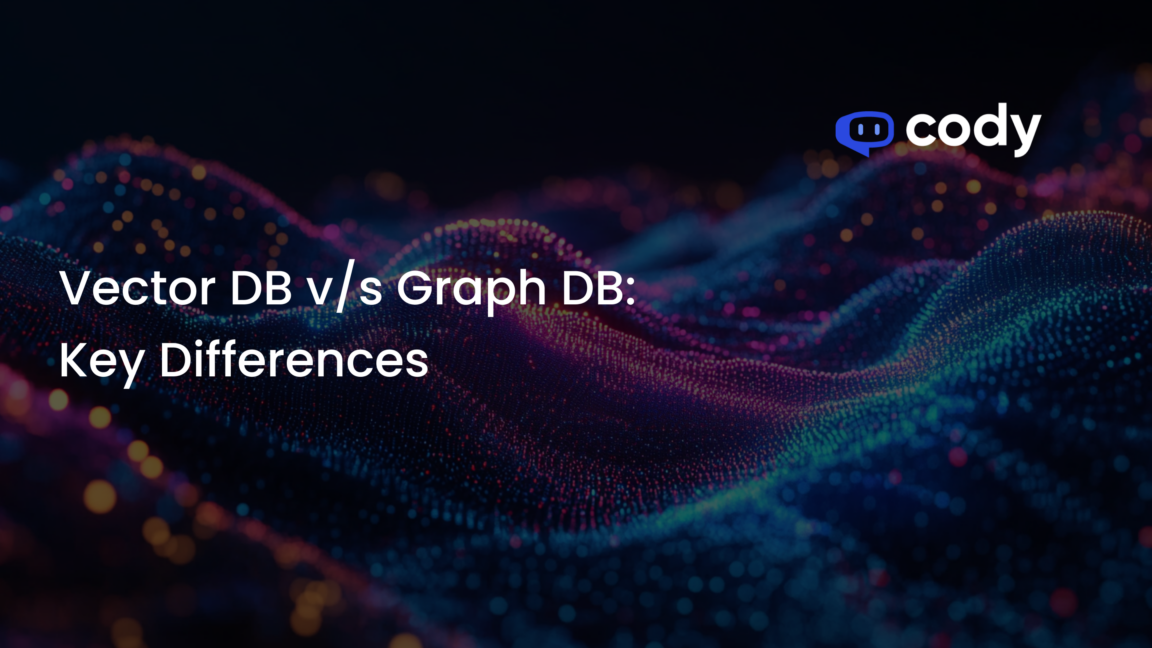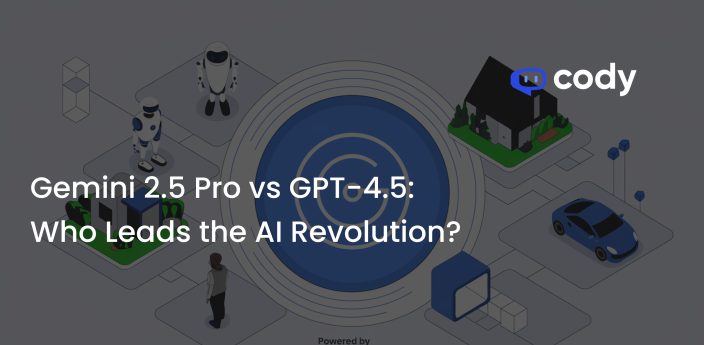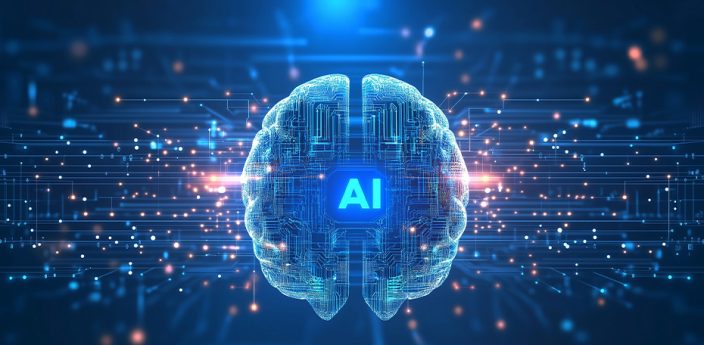
Vector DB vs Graph DB: Key Differences Explained
As data continues to grow in complexity and volume, choosing the right database management system becomes crucial. Two popular options for handling large-scale data are Vector DB and Graph DB. Both have unique capabilities that cater to different types of applications, making the decision process vital for optimized performance and efficiency. Understanding the strengths and weaknesses of each can help organizations unlock the full potential of their data.
Core Concepts: Vector DB vs Graph DB
A Vector Database (VDB) specializes in the efficient storage, indexing, and retrieval of high-dimensional vector data. Vectors represent mathematical constructs with fixed dimensions and are often used in machine learning for tasks like nearest neighbor search and vector quantization. For example, vector databases are ideal for managing word embeddings in large text collections, powering recommendation systems, and running similarity searches.
In contrast, a Graph Database (GDB) stores data in the form of graphs, comprising nodes and edges that represent entities and their relationships. This structure makes graph databases adept at handling complex interconnections, such as those found in social networks, recommendation systems, and knowledge graphs. They employ graph traversal and pattern matching techniques to query these intricate relationships efficiently.
Scalability and Performance: Which Database Shines?
Vector DBs are optimized for operations like nearest neighbor (NN) search and vector quantization, which are pivotal for applications involving large-scale similarity searches and AI. For instance, databases like Faiss excel in indexing and retrieving high-dimensional vectors, maintaining sublinear query time complexity (O(n+kd)), making them highly efficient for handling millions to billions of vectors.
On the other hand, Graph DBs are renowned for managing complex relationships, excelling in scenarios that require intricate network traversal and pattern matching. They use distributed graph database architectures and partitioning strategies to address scalability concerns, thus maintaining acceptable query performance as data volumes grow. The inherent challenges, such as “supernodes” and multiple network hops, make this task non-trivial but not insurmountable.
In terms of performance metrics like storage footprint and indexing time, Vector DBs generally fare better. For example, Faiss has a compact storage footprint and demonstrates rapid index-building times. Conversely, Graph DBs may require more storage and computational resources due to the complexity of maintaining nodes and edges, but they offer unparalleled performance in navigating and querying interconnected data.
Making the Right Choice: Factors to Consider
Choosing between a Vector Database (VDB) and a Graph Database (GDB) can be daunting. Here’s a framework to simplify the decision process:
Understanding Your Data
First, evaluate the complexity of your data. Is it structured or unstructured? Does it involve intricate relationships or independent entities? For instance, a recommendation system might rely heavily on relationships, whereas image search would depend on high-dimensional data .
Identifying Primary Use Cases
Next, determine the primary insights you seek. For instance, if you need to perform large-scale similarity searches, a Vector DB is ideal. Conversely, for network traversal and pattern matching, a Graph DB excels.
Evaluating Performance and Scalability
Consider your performance and scalability needs. If real-time responses and handling large datasets are crucial, Vector DBs are efficient with high-dimensional data. Graph DBs, however, handle complex relationships better but may require more resources for graph traversal and pattern matching.
Strengths and Weaknesses
VDBs excel at nearest neighbour searches and indexing, making them perfect for applications requiring rapid vector operations. GDBs are powerful for managing and querying complex networks, useful in scenarios like social network analysis and recommendation systems.
Ultimately, the choice hinges on the nature of your data and specific application requirements. Understanding these nuances will help unlock the full potential of your data.
Conclusion: Unlocking the Full Potential of Your Data
Carefully selecting between Vector Databases (VDBs) and Graph Databases (GDBs) based on specific application requirements is crucial. Each database type has its unique strengths and is suited for different scenarios. VDBs excel in high-dimensional data handling and similarity searches, making them ideal for AI and recommendation systems. On the other hand, GDBs are powerful for network traversal and pattern matching, perfect for social network analysis and complex relationship management.
Evaluating your data and use cases will inform a better decision, ensuring you leverage the right technology for your needs. The benefits of selecting the right database can be significant, offering improved performance, scalability, and insights for various applications.



